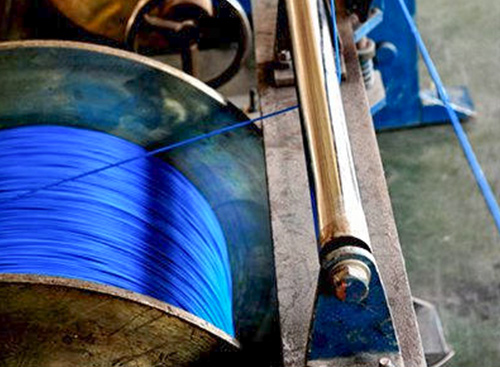Power cables generally consist of three parts: core, in […]
Power cables generally consist of three parts: core, insulating layer and protective layer. The core is used to conduct electricity; the insulation layer is to isolate the core conductor from the protective layer to avoid leakage; the protective layer is used to avoid injury and moisture to the cable insulation layer, and to prevent the outflow of liquid insulation (insulating oil).
Main categories of power cables

According to voltage level
1. Low-voltage cables: suitable for fixed laying on power transmission and distribution lines with AC 50Hz and additional voltage 3kv and below for power transmission.
2. Medium and low voltage cables: (generally refers to 35KV and below): PVC insulated cables, polyethylene insulated cables, cross-linked polyethylene insulated cables, etc.
3. High-voltage cables: (generally 110KV and above): polyethylene cables and XLPE insulated cables, etc.
4. Ultra-high voltage cable: (275~800 kV).
5. UHV cables: (1000 kV and above)
Classified by insulation material
1. Oil-impregnated paper-insulated power cable Use oil-impregnated paper as insulation. It has the longest history of use. It is safe and reliable, with long service life and low price. The main disadvantage is that the laying is limited by the drop. Since the announcement of non-drip-impregnated paper insulation, the problem of drop limitation has been solved, so that oil-impregnated paper insulated cables can continue to be widely used.
2. Plastic insulated power cable Insulation layer is extruded plastic power cable. Commonly used plastics are polyvinyl chloride, polyethylene, and cross-linked polyethylene. The plastic cable has a simple structure, convenient manufacturing and processing, light weight, convenient installation and installation, and is not restricted by the laying drop. Therefore, it is widely used as medium and low voltage cables, and has a tendency to replace viscous impregnated oil paper cables. Its biggest disadvantage is the existence of tree-like breakdown, which limits its use at higher voltages.
3. Rubber insulated power cable: The insulating layer is made of rubber plus various compounding agents, which is extruded on the conductive core after being fully mixed and then vulcanized by heating. It is soft and flexible, and is suitable for occasions with frequent movement and small bending radius.
Rubber materials commonly used for insulation include natural rubber-styrene butadiene rubber mixture, ethylene propylene rubber, butyl rubber, etc.